
Getting High on Low Season
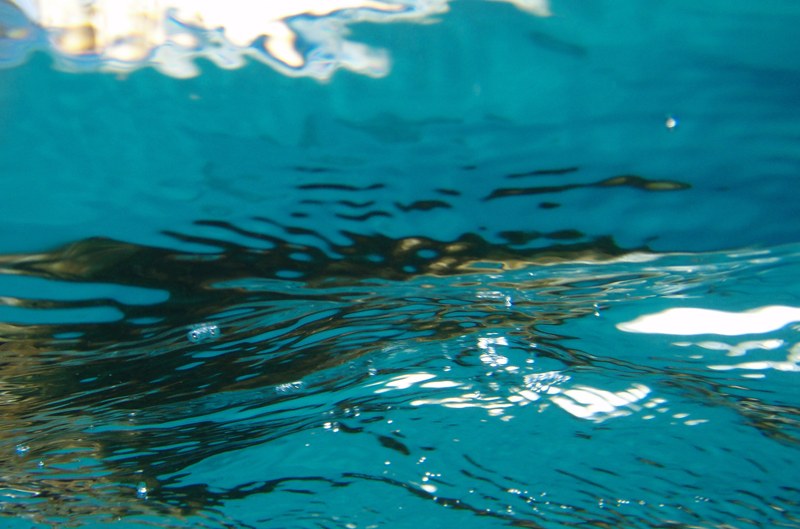
©2010 Latitude 38 Media, LLC
May 1, or May Day, marks the end of the winter half of the year in the northern hemisphere, and therefore has traditionally been a big day for religious, pagan and neo-pagan celebrations. It’s also International Worker’s Day.
For sailors, May 1 is perhaps best known as the start of low-season pricing on charterboats in the Caribbean. On May 1 of this year, we found ourselves at the BVI Yacht Charters base in Tortola, where we were taking over ‘ti Profligate, our Leopard 45 cat, from good friends John and Lynn Ringseis of Novato, who had just completed a charter on her and who were about to begin a charter on another yacht.
As the Ringseises had long run crewed charterboats for The Moorings, they suggested that we and some other good friends take the dinghy over to the newly refurbished Moorings/Sunsail base just a few hundred yards away for sundowners. The new and upgraded facility looked terrific, and because it was both a Saturday and the first day of low season, it was a madhouse. There were hundreds of yachts in the base, and it seemed as if every one of them was being crammed with people and provisions for discounted sailing fun.
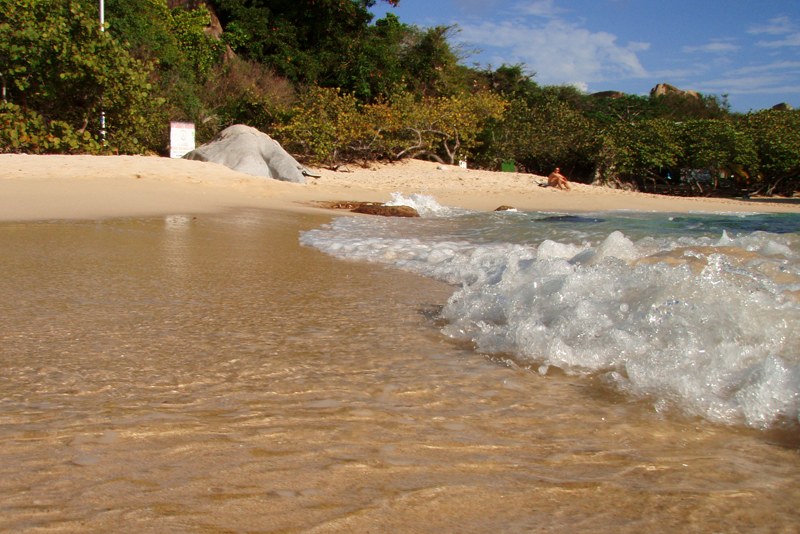
© Latitude 38 Media, LLC
Because May 1 is the start of low season for Caribbean charterboats, many folks might assume that the sailing conditions aren’t as good as during the November to April high season. But this is simply not true. High season in the Caribbean is high because the weather in most of the United States and Europe is so dreadful. The November to April weather in the Caribbean is much better than in the U.S. or Europe, but it’s also usually quite windy with big seas.
As John and Lynn — who chartered their own Lagoon 41 cat, Moonshine, for five years after working for The Moorings — will tell you, the start of the low season is actually the start of the best sailing weather in the Caribbean. The winds have died down to a more pleasant 10 to 18 knots, and the open water seas are much smaller and less mean. Both the air and water temps are warmer, too, although not unpleasantly so.
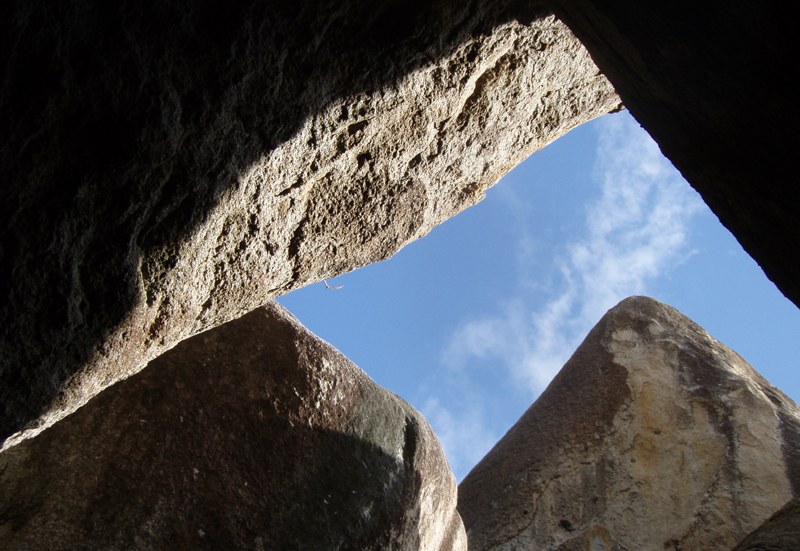
© Latitude 38 Media, LLC
We’ve been down here cruising ‘ti Profllgate from the British Virgins to St. Barth via St. Martin since the 1st, and can attest that this is indeed the sweetest sailing time of the year in the Caribbean. As proof, we even managed to make it across the notorious Anegada Passage from the BVIs to St. Martin in 12 hours. It’s usually an 18- to 28-hour kidney buster.
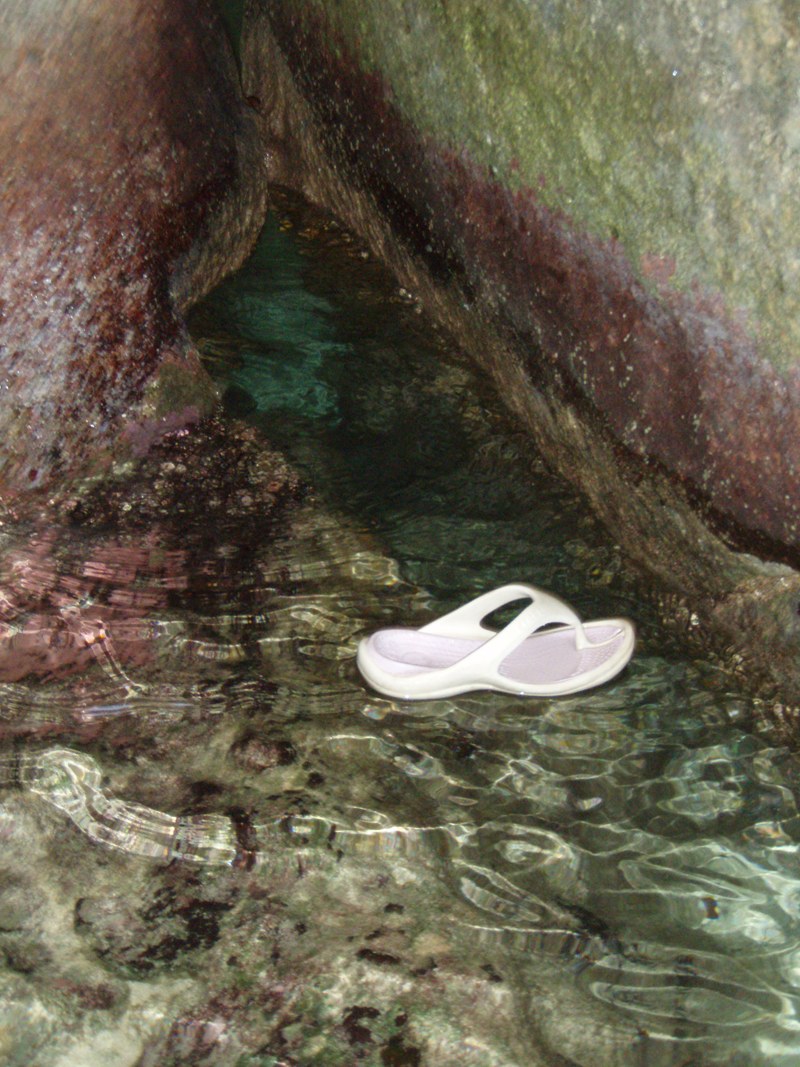
©2010 Latitude 38 Media, LLC
But rather than heading directly to St. Martin, we and Doña de Mallorca decided to take it slow for once. So rather than dashing across the Passage, we pulled in at the famous Baths at Virgin Gorda. The place is normally packed with boats, snorkelers and other day-trippers, but since we arrived so late, we didn’t see another soul along the sand and sea path between the house-sized mega boulders to Devil’s Bay. We hadn’t been to the Baths in about 10 years, and had forgotten what a treat it was.
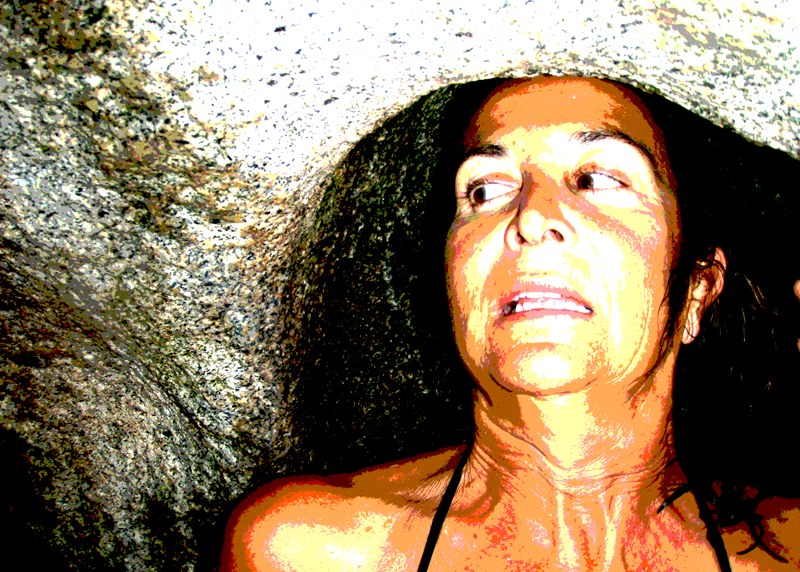
©2010 Latitude 38 Media, LLC
We’d like to tell you more about our adventures, but we’ve got to run, because we’d rather live them than write about them. But if you haven’t already marked May 1 down as an important sailing date on your calendar, you might want to do it now.
PHOTO
Air-Evacuated Crewman on the Mend
The human brain has some remarkable ways of dealing with extreme situations. In instances of severe trauma, for example, it seems to shut down certain body and brain functions — such as memory — and switch into survival mode.
For Mike Kalahar that was probably a very good thing. As reported earlier, he was badly injured last month in the middle of the South Pacific while sailing to French Polynesia as crew aboard the Washington-based Beneteau 36s7 Wind Child. When we spoke with Mike recently he explained, "My first real awareness of what had happened was when the pararescuemen came aboard." That was 12 hours after he’d gotten lashed across the throat by the mainsheet assembly during an accidental jibe, which simultaneously slammed the back of his head into a winch. In the process, he was knocked unconscious, got a concussion and nearly bit off his tongue. He says memories of the first two weeks after the mishap are still hazy and surreal.
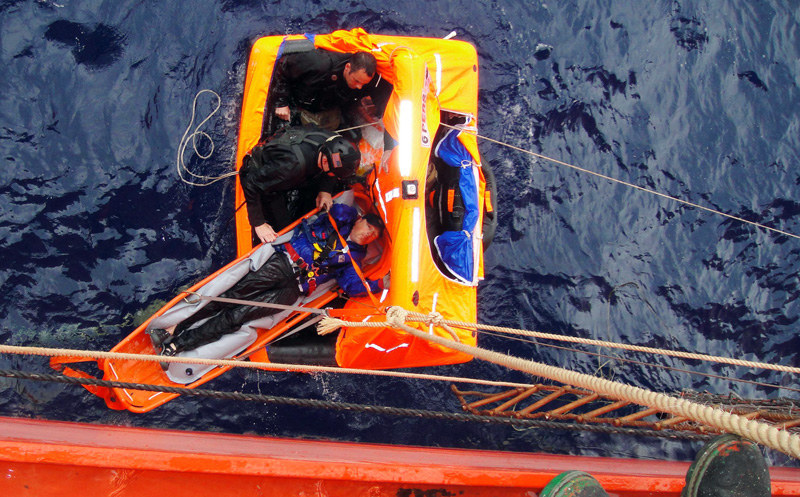
If you read our full report on Kalahar’s air evacuation in the May edition of Latitude 38, you can appreciate what a phenomenal effort was made to rescue the Washington-based sailor. No one is more in awe of that effort than Kalahar himself: "The PJs (pararescuemen) seemed so humble at the time, yet their skill level was phenomenal, and they all had a really good bedside manner. . . I have worked for the government for 35 years and have never seen an operation of that size come together so fast and efficiently." We’re happy to report that Kalahar’s recovery continues to improve. And while he is not yet 100%, his wounds have healed and he is able to walk five miles a day — the 56-year-old sailor works for the National Parks in Washington State.
We would love to acknowledge the names of the four heroic PJs who risked their lives to save Kalahar’s — parachuting into rough seas 1,400 miles offshore in the darkness. Unfortunately, we’ve had no luck obtaining their names from their Air National Guard unit at Moffett Field. But then, guys like that are obviously not in it for glory in the press. Theirs is a much higher calling.
Real Life ‘Lost’
Imagine you’re on an idyllic crossing, halfway between Hawaii and Fiji. The sky and sea are impossible shades of blue, the wind fills your sails, and life couldn’t get much better. You see you’re on course for a tiny, pork chop-shaped atoll in the Phoenix Island chain in the Republic of Kiribati, so you decide, "What the heck?" and weave your way into the breathtakingly beautiful lagoon. What greets you is not a jolly, healthy tribe of islanders, but a rag-tag group of 24 malnourished, real-life castaways.
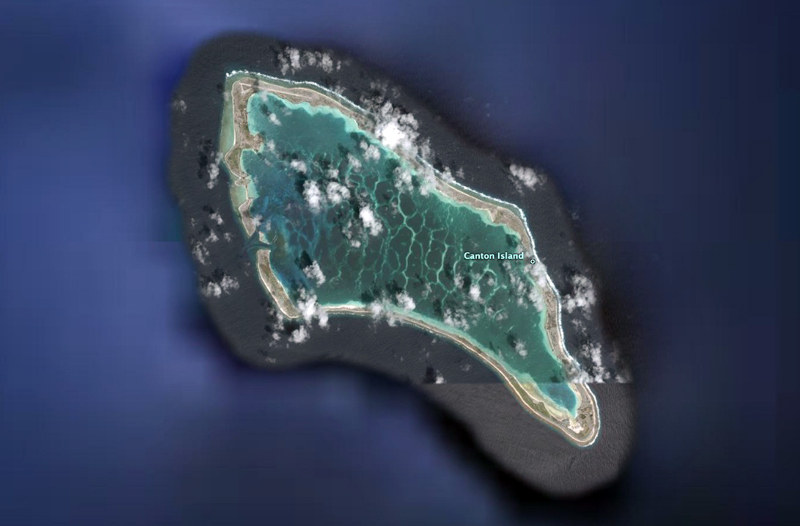
That’s what happened this month to British skipper Alex Bond who, while delivering the 33-ft sailboat Mary Powell from Hawaii to Australia, stopped at Kanton Island, the Phoenix chain’s only inhabited island. As Kanton has very few natural resources — except coconuts and fish — the islanders rely on provisions brought in by boat. According to Bond, the supply boat had broken down some months before, leaving the population of 14 adults and 10 children to fend for themselves. "They have no starch, no calcium, no bananas; all they have is fish and coconuts," Bond told a British paper. "Nobody is dying, but the children have got very bowed legs, very serious calcium deficiencies and really bad teeth."
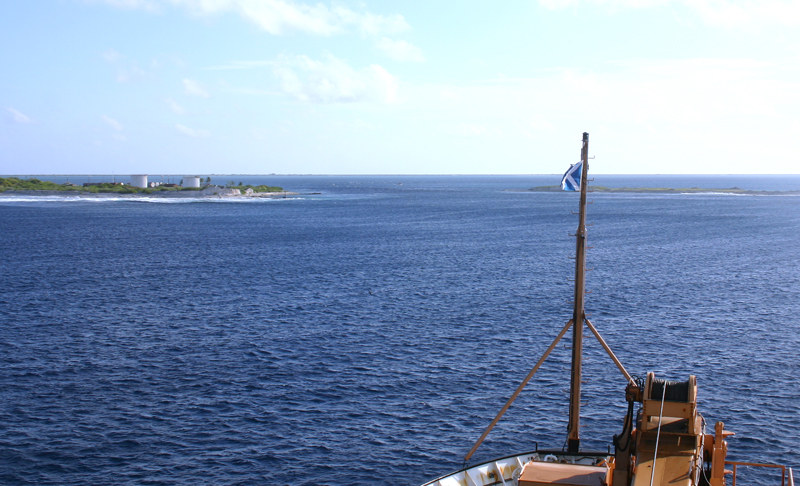
Bond immediately gave the villagers everything he could spare from his own provisions, then placed a call to the Falmouth Coastguard. They got in touch with the Honolulu Coast Guard, who are coordinating a food drop for the island. “They were extremely glad to see us and we’ve stayed on to help coordinate the food delivery," Bond said. "We’re not leaving until I know they are okay. They are wonderful people.”
